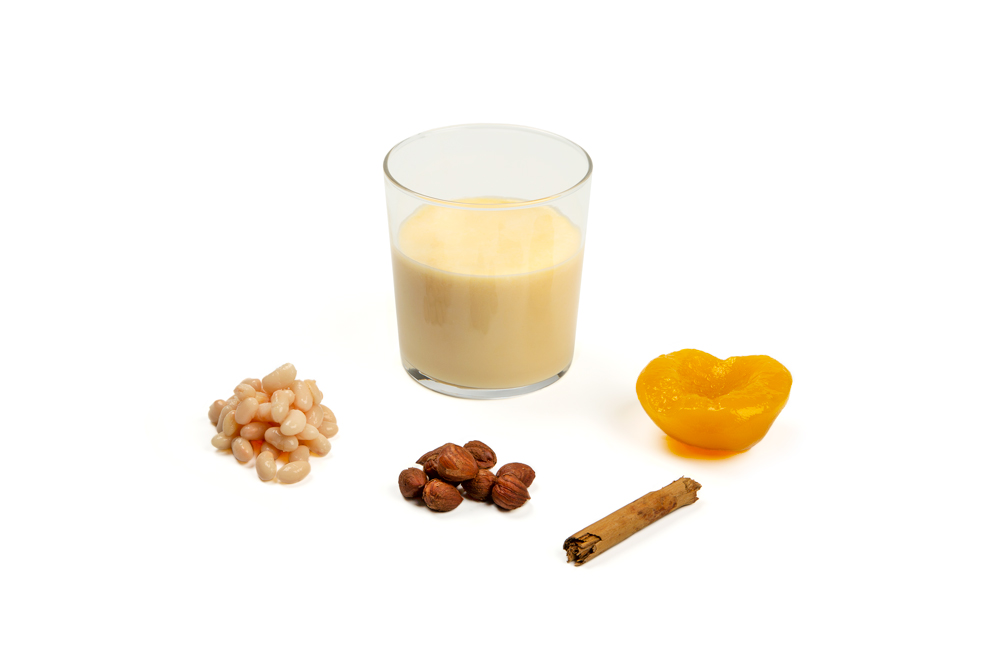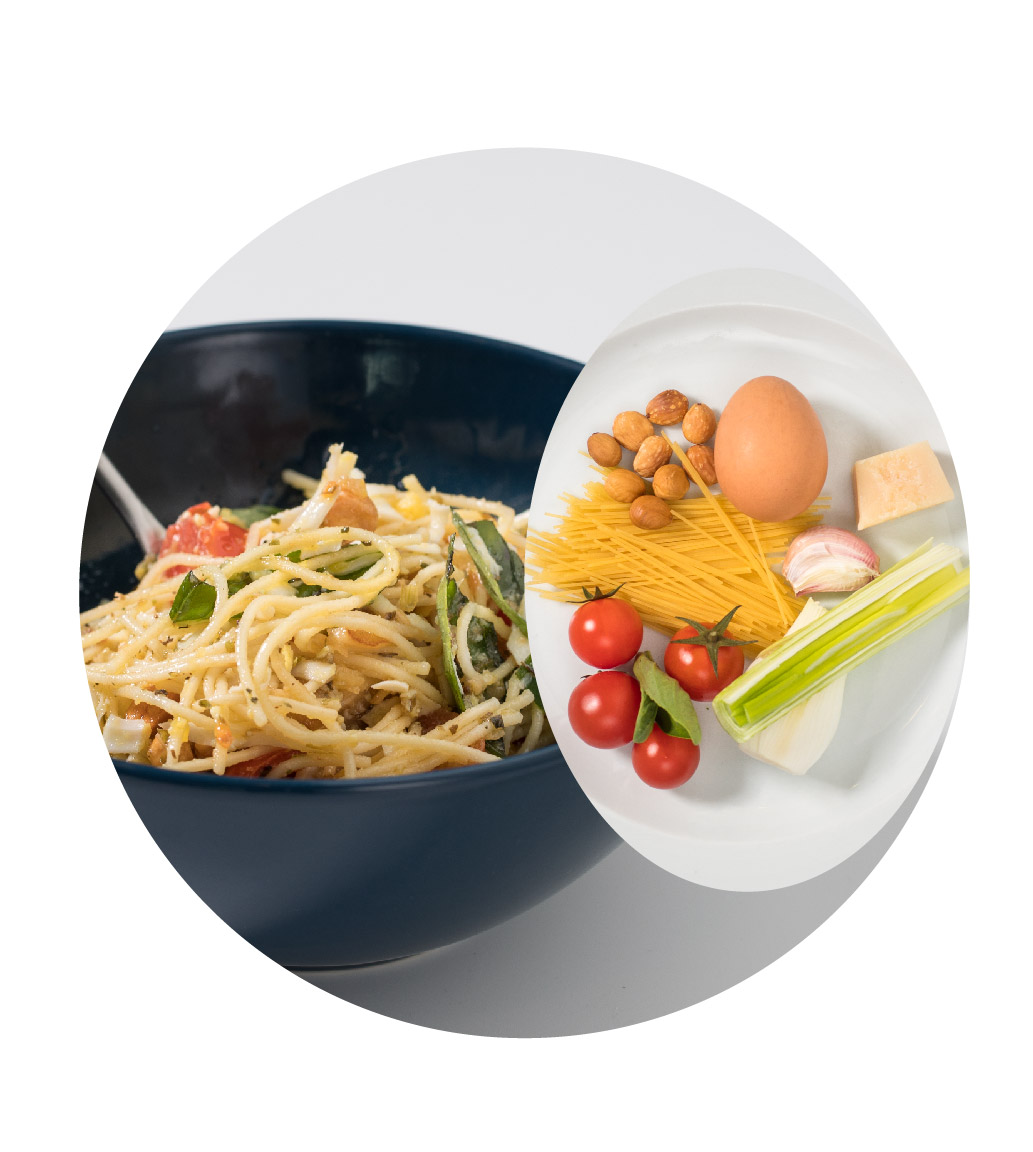Loss of appetite, also called anorexia, is one of the most common symptoms during cancer treatment. It can appear at any time during treatment or during the disease. It is important to pay special attention if it is prolonged over time because it can affect the patient’s nutritional status.
WHAT DO WE RECOMMEND?
To avoid irritation and discomfort, use non-irritating toothpaste and soft toothbrushes and dental floss. Rinse your mouth with mouthwash.
Keeping active can help stimulate appetite.
Nutritionally dense dishes are those that include a large amount of energy and nutrients in a very small volume.
- You can prepare chicken or cod croquettes; empanadas (meat, tuna, egg, cheese, etc.), which can be frozen and fried or warmed up; nutritious pâtés to spread on toast or sandwiches; energy purées and soups, which can be kept in the fridge and consumed directly (hot or cold), and finally, sweet preparations, such as a dessert or to snack on in between meals, such as caramel puddings, Greek-type yoghurts, and many others.
- Prepare complete smoothies with fresh fruit, dairy or plant milk, nuts, dried fruit, biscuits…
- Dishes can also be enriched in order to increase their nutritional density with high-energy and/or protein-rich foods:
- Soups and purées: add grated cheese, powdered milk, hard-boiled egg, diced serrano ham, chicken, or fish.
- Salads, pasta, rice, vegetables, and other dishes: enrich them with cheese, mayonnaise, tuna, egg whites, fresh fruit, diced Serrano ham, etc.
- Milk: powdered milk, cocoa, honey.
- Yoghurt: add fresh fruit, syrup or compote fruit, dried fruit, honey, breakfast cereals, and jam.


Always ensure the presence of vegetables in lunch and dinner (raw or cooked), starchy foods (tubers, cereals, pulses) and protein-rich foods (meat, fish and eggs or other protein-rich foods such as soy), as indicated in the plate method. Even if it is in small quantities, for example using a small dessert plate.
Have meals ready to avoid cooking every day.
Serving food on a large plate can give the feeling that there is less food, which can help make it easier to eat.
Keep in mind the appearance and presentation of meals, and including a variety of colours, textures and smells will also help to improve acceptance.
To avoid irritation and discomfort, use non-irritating toothpaste and soft toothbrushes and dental floss. Rinse your mouth with mouthwash.
Even if you have no appetite, it is important to think about the importance of eating. It is not so important how much you eat in one meal, but what you manage to accumulate at the end of the day, and so it is important to set small goals that you can achieve throughout the day.
Accessible for snacking; food left in the field of vision may be consumed more frequently: grapes, bananas, tangerines, cherries, strawberries, a bowl of popcorn or a bag of breadsticks (white, wholemeal or with seeds), some biscuits, dried fruit (walnuts, hazelnuts, almonds, pine nuts, pistachios, cashews…) or dried fruit (dried apricots, prunes, sultanas, banana, coconut).
Also, yoghurts (natural, Greek, rich in protein…) or small cheeses.















